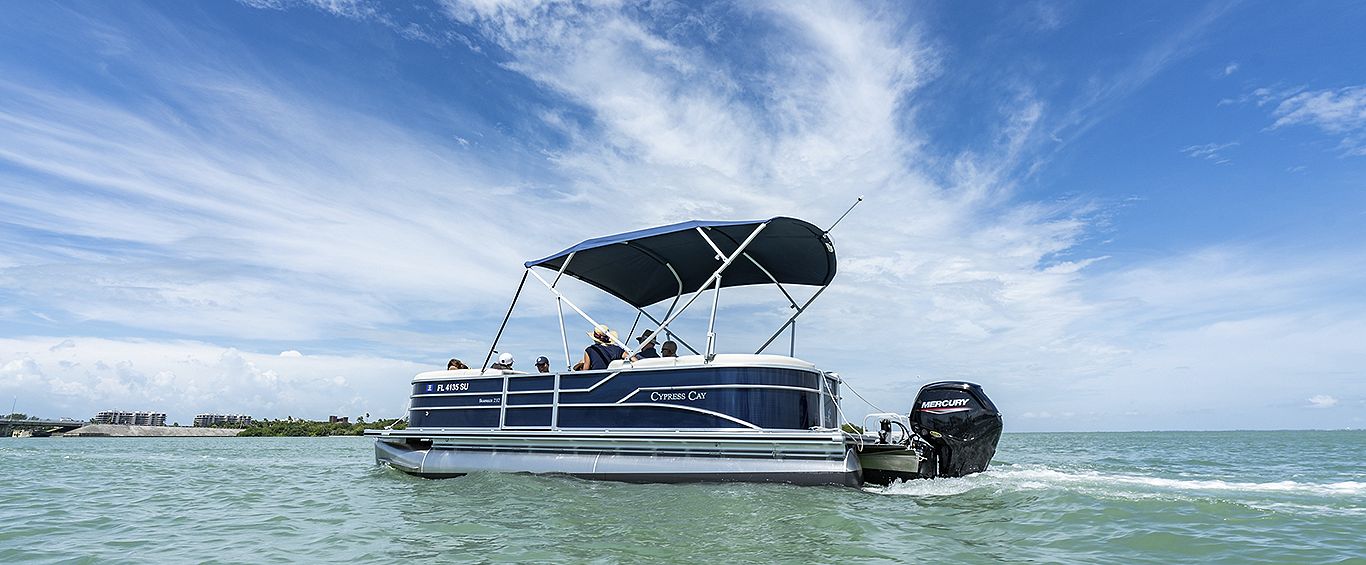
The biggest advantage your Cypress Cay pontoon boat delivers is peace of mind. Days on the water should be worry-free and focused on fun. Cypress Cay pontoons stand apart from the crowds for our safe construction, ease of use and superb reputation. Out distinctive qualities - smooth ride, incredible comfort and sense of security - make our pontoons a great choice for water-loving families.
Fill out the form below to connect with a local dealer about a Cypress Cay pontoon.
